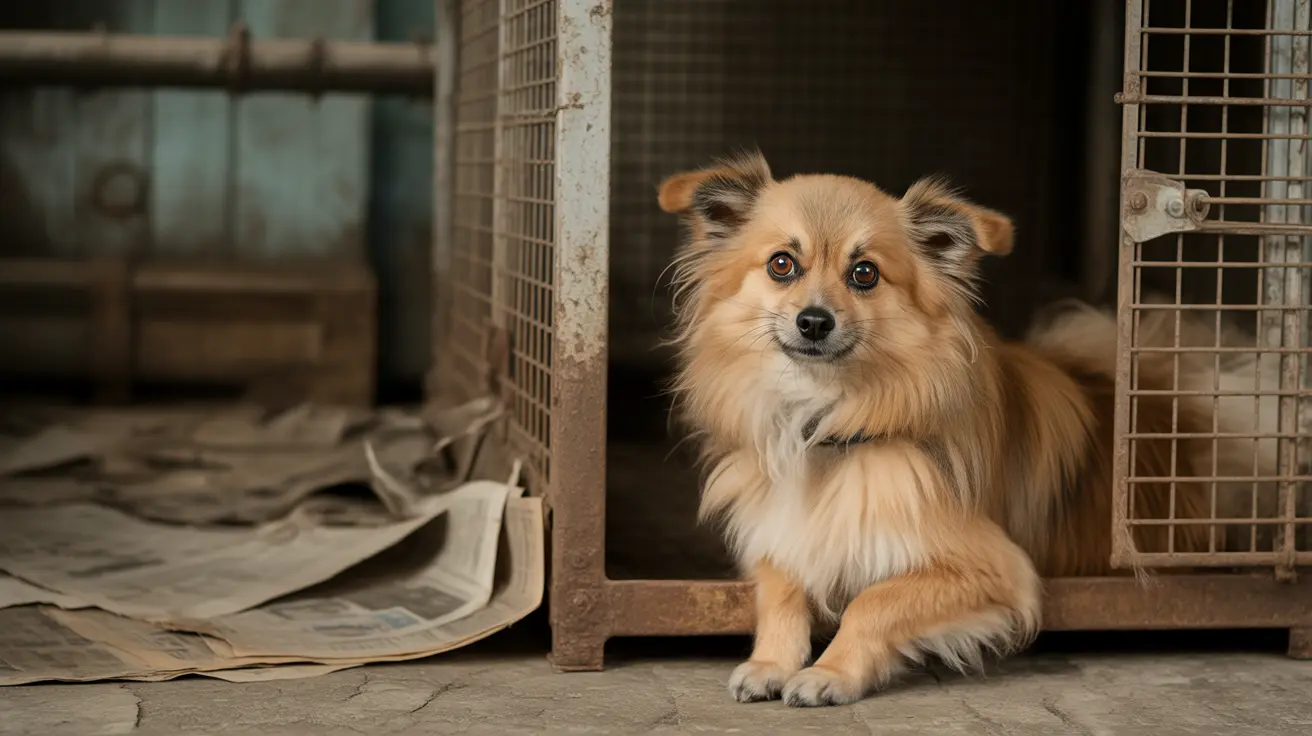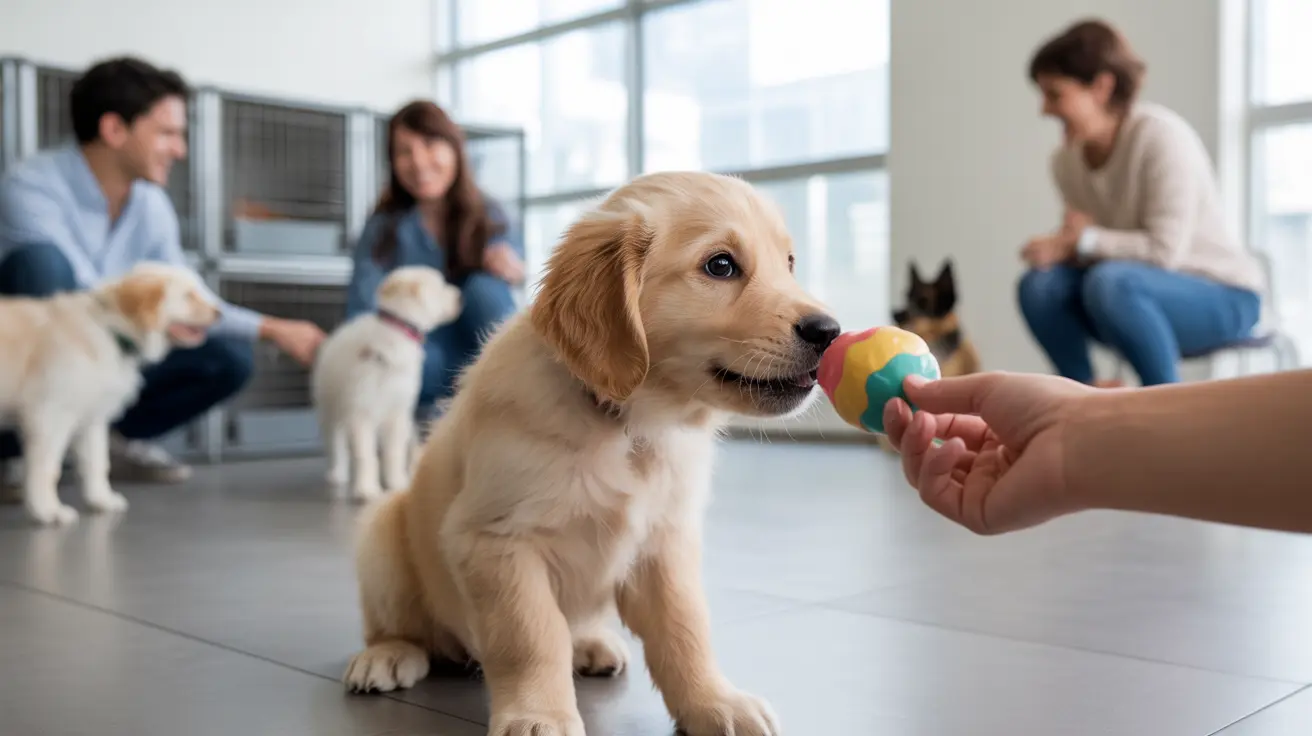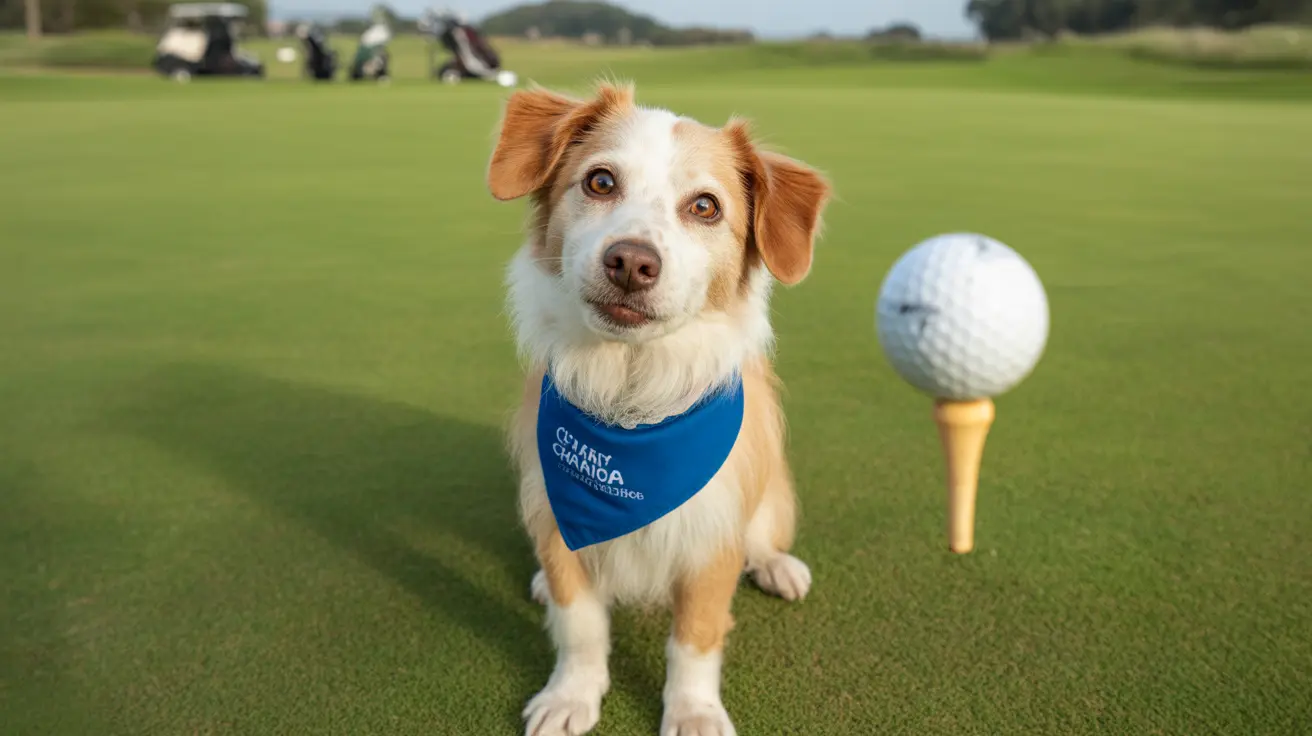Recognizing the Signs of an Unhappy Dog
Dogs are expressive animals, often displaying their emotions through behavior. While true fear of the dark is uncommon, some dogs may exhibit signs of unhappiness or anxiety related to nighttime or dark environments. Identifying these signs is essential for providing comfort and improving their overall well-being.
Common Causes of Dog Unhappiness in the Dark
- Past Negative Experiences: Dogs that have experienced trauma or stress when left alone in the dark may develop a fear-based response.
- Separation Anxiety: Dogs often feel more isolated when the house is quiet and dark, intensifying feelings of loneliness.
- Age-Related Issues: Older dogs may suffer from declining eyesight or cognitive issues, making darkness disorienting and distressing.
- Sensory Limitations: Despite better night vision than humans, dogs struggle in complete darkness, especially in unfamiliar settings.
- Loud Noises: Noises amplified at night can seem threatening, causing fear-driven behaviors.
- Routine Disruption: Changes in environment or daily schedule can make dark areas feel unsafe or intimidating.
- Lack of Familiarity: Young or newly adopted dogs might not be accustomed to dark spaces and need time to adjust.
- Trauma and Neglect: Dogs confined in dark spaces in the past may associate darkness with fear.
- Temperament: Some breeds or individual dogs are naturally more prone to anxiety, especially in dark or quiet environments.
Behavioral Signs of an Unhappy Dog
- Hesitation or Refusal: Avoiding dark rooms or spaces.
- Vocalizations: Whining, barking, or howling at night.
- Restlessness: Pacing, inability to settle, or insomnia.
- Clinginess: Seeking excessive attention or closeness to humans.
- Seeking Light: Attempting to sleep in better-lit areas.
- Destructive Behavior: Chewing, digging, or scratching when alone in the dark.
- Hiding or Escaping: Trying to flee or hide when it gets dark.
Helping Your Dog Feel Safe
- Use a Nightlight: Provide low light to ease anxiety, especially for older or vision-impaired dogs.
- Create a Comfort Zone: Set up a cozy area with familiar bedding and toys.
- Gradual Exposure: Use treats and praise to desensitize your dog to dark environments gradually.
- Establish a Routine: Calm nightly routines build security. Try evening walks and quiet playtime.
- Address Noises: Minimize ambient or startling sounds that could trigger anxiety.
- Consult a Vet: Rule out medical issues like vision decline or cognitive dysfunction.
- Try Calming Aids: Consider anxiety wraps, pheromone diffusers, or supplements after professional advice.
- Train Positively: Seek help from a trainer using reward-based methods if the fear persists.
- Support Separation Anxiety: Keep their sleep area near people or train them to feel safe alone using positive reinforcement.
- Remain Calm: Avoid scolding and maintain a confident demeanor to reassure your dog.
By observing and responding to these signs thoughtfully, pet owners can support their dogs through anxious periods, especially at night. Most importantly, addressing the root cause with empathy and consistent care can help an unhappy dog regain a sense of security and comfort.





